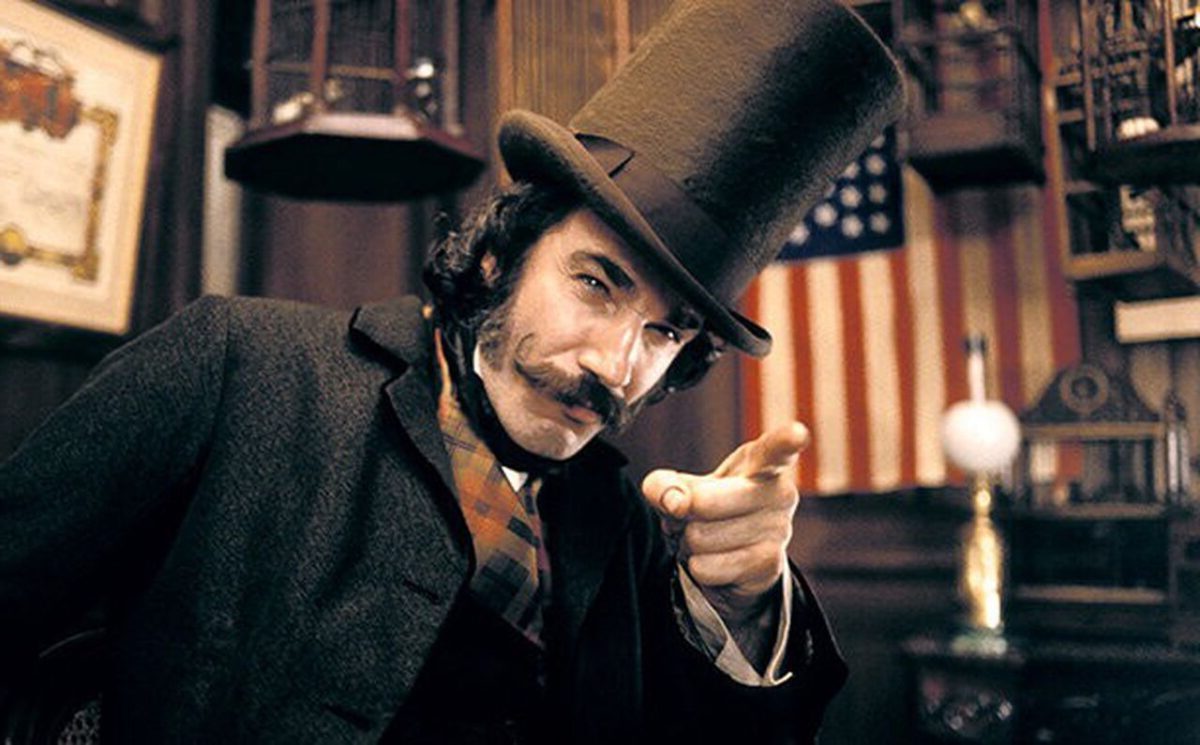
Who were the Bowery Boys? This notorious gang roamed New York City during the mid-19th century. Known for their distinctive style, they often wore stovepipe hats, red shirts, and black trousers. Why did they form? The Bowery Boys emerged from the city's volunteer fire departments, which were hotbeds of local pride and rivalry. What made them infamous? Their frequent brawls with rival gangs like the Dead Rabbits made headlines. Did they have a leader? Bill "The Butcher" Poole, a butcher by trade, was one of their most famous leaders. What was their impact? They influenced politics, often intimidating voters and swaying elections. Why are they remembered? Their legacy lives on in books, movies, and TV shows, painting a vivid picture of New York's chaotic past.
Key Takeaways:
- The Bowery Boys Gang, known for their distinctive style and fierce loyalty, influenced American culture and left a lasting impact on literature, theater, and film.
- The gang's decline and disbandment were due to the establishment of a professional fire department, changes in local politics, and increased law enforcement efforts.
The Origins of the Bowery Boys Gang
The Bowery Boys were a notorious gang in New York City during the mid-19th century. They were known for their distinctive style and fierce loyalty to their neighborhood.
- The Bowery Boys originated in the Bowery neighborhood of Manhattan, New York City.
- They were active primarily during the 1840s to the 1860s.
- The gang was composed mainly of volunteer firefighters and mechanics.
- Their name came from the Bowery, a street and neighborhood in Lower Manhattan.
- The Bowery Boys were known for their distinctive dress, often wearing red shirts and black trousers.
Key Figures in the Bowery Boys Gang
Several individuals stood out within the Bowery Boys, becoming infamous for their actions and leadership.
- William "Bill the Butcher" Poole was one of the most notorious leaders of the Bowery Boys.
- Poole was a butcher by trade and a champion bare-knuckle boxer.
- He was known for his violent temper and strong nativist views.
- Poole's murder in 1855 was a significant event, leading to widespread public attention.
- Another notable member was Mose Humphrey, a fictional character based on real-life gang members.
Activities and Influence
The Bowery Boys were involved in various activities, from firefighting to political influence and street brawls.
- They were known for their rivalry with the Dead Rabbits, another infamous New York gang.
- The Bowery Boys often clashed with the Dead Rabbits in violent street fights.
- They were also involved in the New York City Draft Riots of 1863.
- The gang had significant influence over local politics, often supporting nativist candidates.
- They were known to intimidate voters and disrupt elections to ensure their preferred candidates won.
Cultural Impact and Legacy
The Bowery Boys left a lasting impact on American culture, influencing literature, theater, and film.
- The gang was immortalized in the 1928 play "The Bowery" by playwrights Charles Hoyt and Percy Gaunt.
- The 1933 film "The Bowery" depicted the gang's exploits, starring Wallace Beery and George Raft.
- The Bowery Boys were also featured in the 2002 film "Gangs of New York," directed by Martin Scorsese.
- Their distinctive style and mannerisms influenced the portrayal of street gangs in popular culture.
- The Bowery Boys' legacy continues to be a subject of fascination and study in American history.
The Bowery Boys and Firefighting
The Bowery Boys were closely associated with volunteer firefighting, a significant aspect of their identity.
- Many members of the Bowery Boys were volunteer firefighters in New York City.
- They were part of the Engine Company 33, also known as the "Black Joke."
- The gang often used their firefighting duties as a cover for their criminal activities.
- They were known to start fires intentionally to loot businesses and homes.
- The Bowery Boys' firefighting efforts were often more about gaining control and influence than public service.
Decline and Disbandment
The Bowery Boys eventually saw their influence wane, leading to their decline and disbandment.
- The establishment of a professional fire department in 1865 reduced the need for volunteer firefighters.
- The gang's influence in local politics diminished as the political landscape changed.
- Increased law enforcement efforts targeted the Bowery Boys and other gangs.
- Many members were arrested or killed in violent clashes with rival gangs and the police.
- By the late 1860s, the Bowery Boys had largely disbanded, with remaining members joining other gangs or leaving the criminal life.
Interesting Tidbits
Some lesser-known facts about the Bowery Boys add depth to their story.
- The Bowery Boys were known for their strong sense of camaraderie and loyalty to each other.
- They often held elaborate funerals for fallen members, showcasing their unity and respect.
- The gang had a strict code of conduct, punishing members who betrayed their trust.
- Despite their criminal activities, the Bowery Boys were seen as protectors of their neighborhood by some residents.
- The Bowery Boys' story is a testament to the complex and often contradictory nature of street gangs in American history.
The Bowery Boys Legacy
The Bowery Boys gang left a lasting mark on New York City's history. Known for their fierce loyalty and street smarts, they were a force to be reckoned with in the 19th century. Their influence extended beyond crime, shaping the city's culture and politics. These tough characters often clashed with rival gangs, creating a chaotic yet fascinating period in urban history.
Understanding the Bowery Boys gives us a glimpse into the gritty reality of life during that era. Their story is a reminder of how much the city has evolved. From their distinctive style to their notorious escapades, the Bowery Boys remain an intriguing part of New York's past.
So, next time you walk through the Bowery, think about the gang that once ruled those streets. Their legacy is a testament to the ever-changing fabric of urban life.
Frequently Asked Questions
Was this page helpful?
Our commitment to delivering trustworthy and engaging content is at the heart of what we do. Each fact on our site is contributed by real users like you, bringing a wealth of diverse insights and information. To ensure the highest standards of accuracy and reliability, our dedicated editors meticulously review each submission. This process guarantees that the facts we share are not only fascinating but also credible. Trust in our commitment to quality and authenticity as you explore and learn with us.


